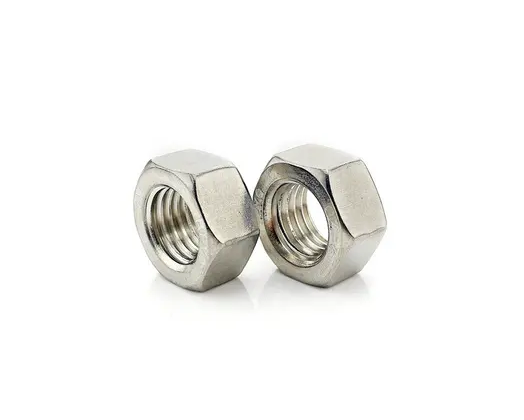
It can be seen from the previous analysis that it is extremely inconvenient to disassemble stainless steel fasteners after they are bitten. Even some methods or special tools are time-consuming and labor-intensive. Therefore, it is particularly important to prevent stainless steel fasteners from biting. The following introduces several methods to prevent the seizure of stainless steel fasteners.
1) Use bolts and nuts of different materials to match.
2) Improve the performance of the fastener itself, such as adding a film on the fastener thread to prevent seizure, but this method is expensive and is rarely used at present.
3) Clean the threads, check that the tooth pattern is complete and continuous, and there is no impurities between the tooth patterns.
4) Apply lubricant to the thread, such as molybdenum disulfide, butter, etc. The application should be even and full of the thread bottom, covering the length of the bolt head about (10~15) mm.
5) During the tightening operation, the nut or bolt should be screwed into the (2-3) thread by hand, and then tightened with a torque wrench or socket wrench. The tightening application force is uniform, and the tightening direction is perpendicular to the bolt axis. Try not to use adjustable wrench or electric or pneumatic wrench.
6) When using an electric or pneumatic wrench for pre-tightening, avoid excessive torque or excessive speed. Make sure that the nut touches the pad and stop using it, and then tighten it with a torque wrench, and the tightening torque does not exceed the specified torque value.
Through analysis and summary, the seizure of stainless steel bolts and nuts is mainly caused by excessive pressure and high temperature between threads, which damages the oxide layer on the surface of the tooth pattern, and leads to direct contact of metal materials, further blocking, shearing, and bonding. Therefore, in the process of using stainless steel fasteners, we not only need to understand the symptoms of fastener bites, but also need to understand the principles and causes, and how to solve the problem of bites better and do a better job of preventive measures for seizing stainless steel fasteners. In this way, the service life of stainless steel fasteners can be extended.
